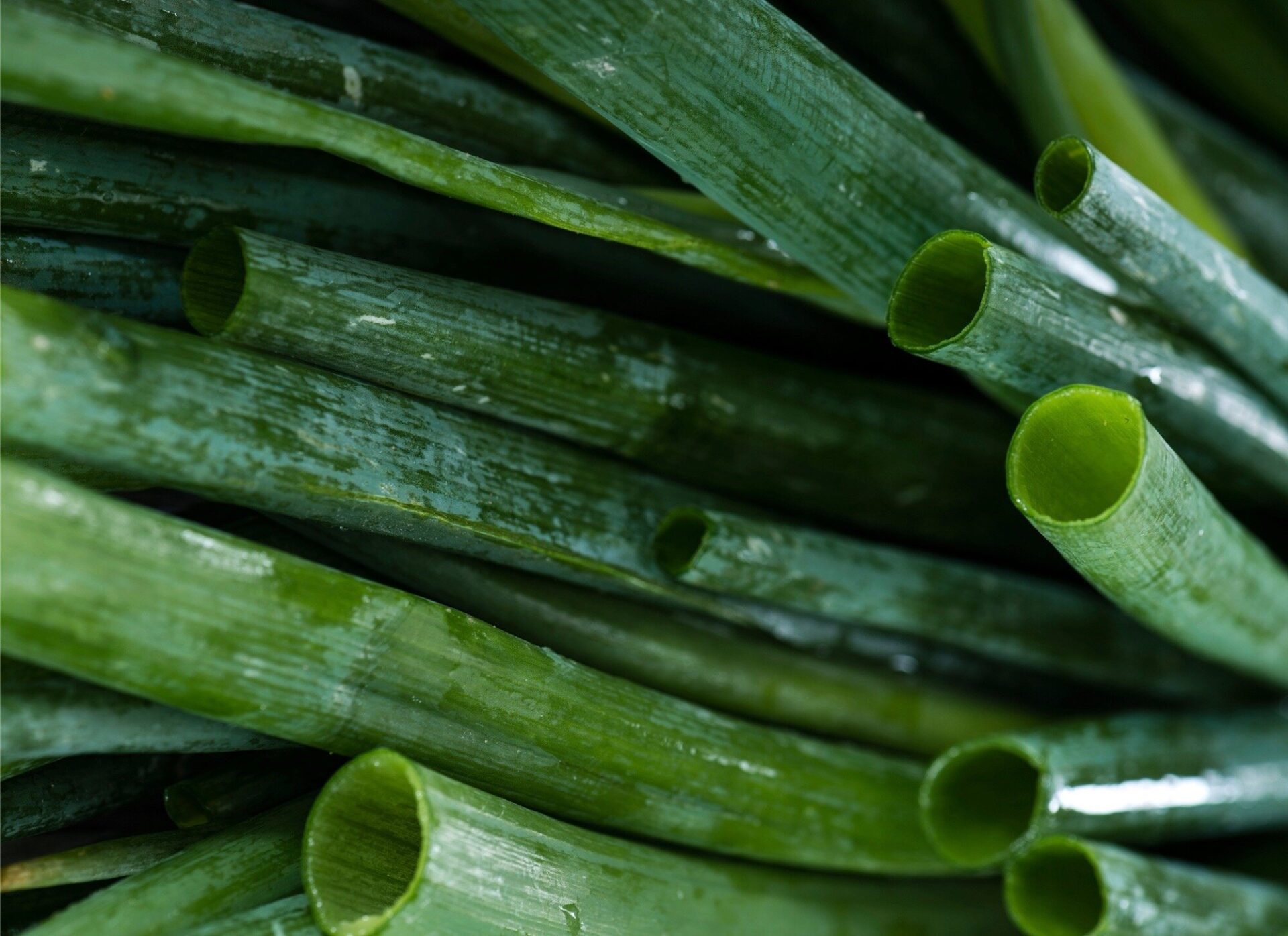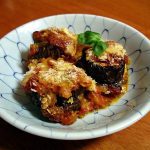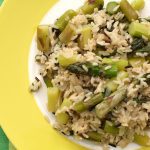Get The Most Out of Your Chives from Backyard Eats
Harvesting Chives
When It’s Ready
- When plants are established and grow long green stalks
- Late March – November
When It’s Too Late
- When plants have gone to flower (aka bolted), which makes them bitter and unpalatable
How To
- Harvest purple flower tops in late spring/summer before they go to seed. These make a great addition to salads as a garnish. Break open flower pods and sprinkle on top.
- To harvest green stalks, cut stems at the base of the plant with a sharp pair of scissors. Harvest 3-4 times per season.
Growing Chives
Chives are a delicate and flavorful herb that is commonly used in cooking to add a subtle onion-like flavor and aroma to a variety of dishes. Chives are often used as a garnish or seasoning for salads, soups, and sauces, as well as for toppings on baked potatoes, omelets, and other dishes. When using chives in cooking, it is important to chop them finely to release their full flavor. They can be added to dishes at the end of cooking, to preserve their delicate taste and texture.
Storing Chives
Chives can be used as a fresh garnish, cooked in a variety of ways, and can be preserved for long-term use.
Fresh Storage: Place in airtight bags or containers and refrigerate for 1-2 weeks.
Long-Term Storage: To dry, cut bundles into 1/4- 1/2″ lengths. Spread one layer on a screen, allowing for air circulation. Place in a well-ventilated location out of direct sunlight. Stir periodically while drying.

Cooking With Chives
- Chive and Sour Cream Dip: Combine chopped chives with sour cream, a squeeze of lemon juice, salt, and pepper. Mix well and serve as a tasty dip for chips, vegetables, or as a topping for baked potatoes.
- Chive Butter: Mix chopped chives with softened butter, salt, and pepper. Shape the mixture into a log or use it immediately to add a burst of flavor to grilled meats, steamed vegetables, or spread it on crusty bread.
- Chive Omelette: Beat eggs with a sprinkle of salt and chopped chives. Cook the mixture in a pan to make a flavorful chive omelette. Serve it for breakfast or brunch, paired with toast or a side salad.
- Chive Pesto: Blend chives, pine nuts, Parmesan cheese, olive oil, and a squeeze of lemon juice to make a vibrant chive pesto. Use it as a sauce for pasta, spread it on sandwiches, or as a topping for grilled fish or chicken.
- Chive Salad Garnish: Sprinkle chopped chives over mixed green salads or potato salads to add a mild onion flavor and a pop of vibrant green color. They can also be used as a garnish for soups, stews, or creamy dips.




